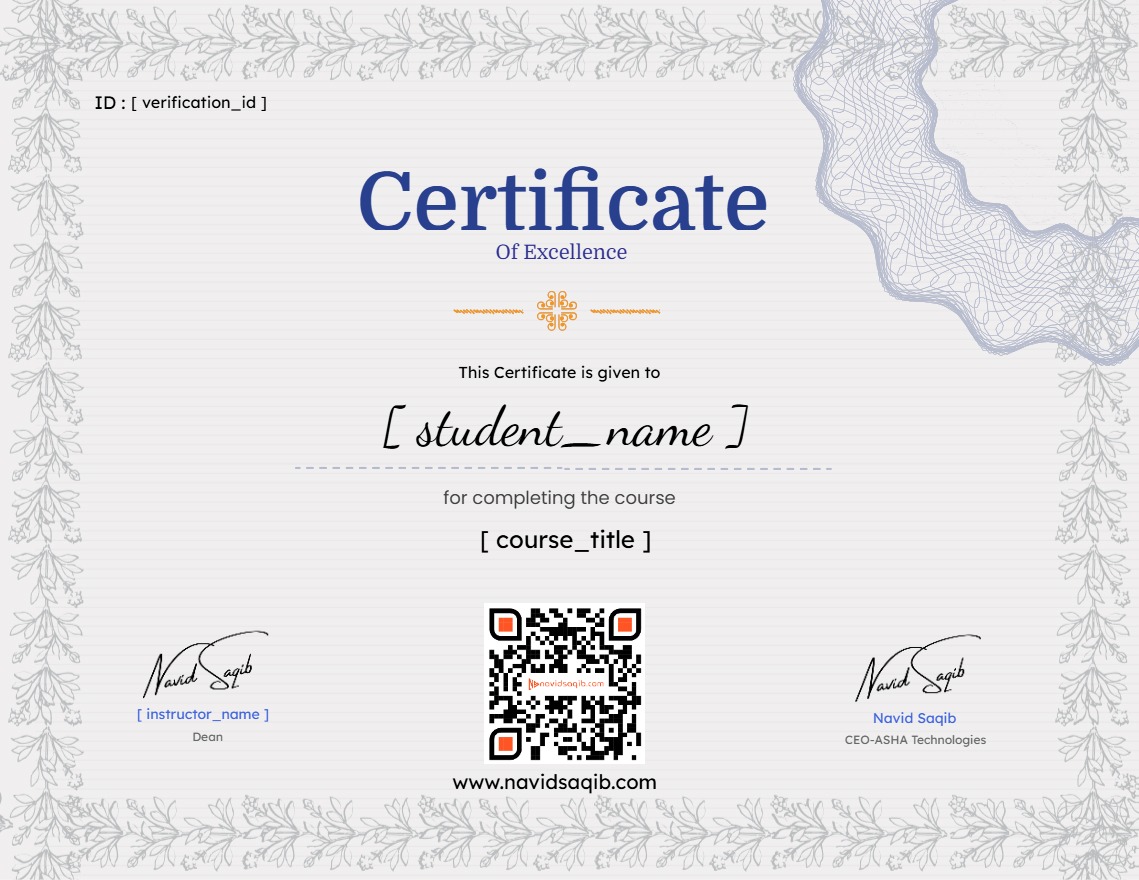Computer Science 2210-P2 :Free Trail Class
About Course
Cambridge O Level Computer Science 2210 – Paper 2: Problem-solving and Programming
The University of Cambridge O Level Computer Science 2210 Paper 2 focuses on Problem-solving and Programming, assessing students’ ability to apply computational thinking, design algorithms, and develop programming solutions. The exam lasts 1 hour and 45 minutes and carries a total of 50 marks, evaluating students’ problem-solving skills and programming knowledge in various computing scenarios.
This compulsory paper includes practical problem-solving questions, which are derived from Section 2 of the syllabus content. The questions are designed to test students’ ability to design, interpret, and debug algorithms, as well as apply programming concepts using pseudocode and flowcharts.
A key objective of Paper 2 is to assess students’ proficiency in algorithm design, programming constructs, data handling, and debugging techniques. It also evaluates their ability to apply structured programming techniques and develop logical solutions to computational problems.
Key Aspects of Paper 2:
-
The paper focuses on problem-solving skills, algorithmic thinking, and programming logic rather than theoretical knowledge.
-
Students are expected to write and analyze pseudocode and flowcharts, demonstrating logical thinking and structured programming techniques.
-
The exam assesses key programming concepts, such as loops, selection, variables, arrays, and file handling.
-
Unlike Paper 1, which focuses on computing theory, Paper 2 evaluates students’ practical ability to solve computational problems and develop algorithms.
Topics Covered in Paper 2:
Problem-Solving and Algorithm Design
-
Developing structured algorithms using pseudocode and flowcharts
-
Identifying inputs, processes, and outputs in computational problems
-
Tracing and debugging existing algorithms
-
Writing efficient and optimized algorithms
Programming Concepts
-
Variables, Data Types, and Constants
-
Sequence, Selection (IF statements), and Iteration (Loops)
-
Arrays and Data Structures
-
Functions, Procedures, and Modular Programming
Data Handling and File Operations
-
Reading and Writing Data to Files
-
Using text files for storing and retrieving information
-
Processing data using structured programming techniques
Testing and Debugging
-
Identifying errors in algorithms and pseudocode
-
Understanding different types of errors (syntax, logic, runtime)
-
Testing strategies, including dry runs and test plans
Course Content
Introduction to Syllabus
Relation of Real Life and Programming
Stages of Programming
Dealing with Constructs
Question Set 3
Concept of Validations
Question Set 4
Data Structure : 1D Array
123
Earn a certificate of your skill
Add this certificate to your resume to demonstrate your skills & increase your chances of getting noticed.

Student Ratings & Reviews

Want to receive push notifications for all major on-site activities?

